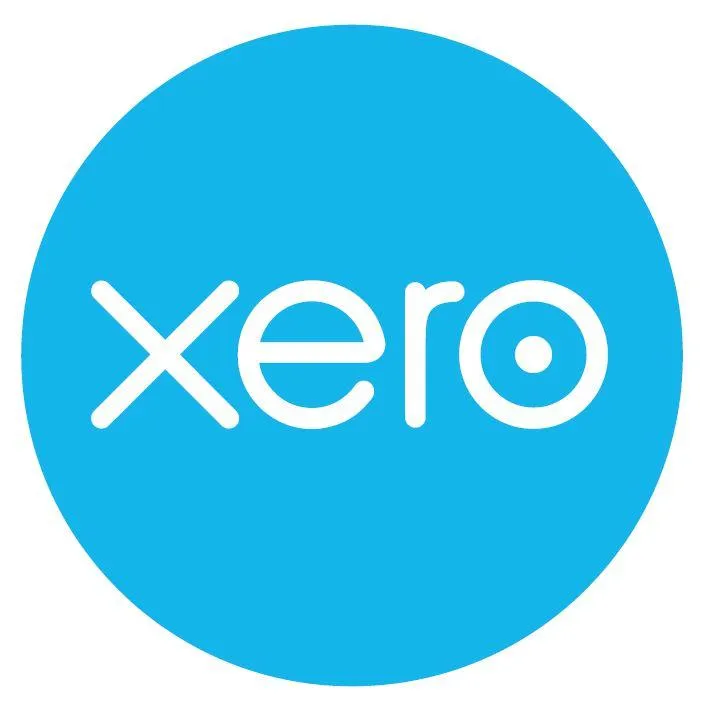

Different Revenue Streams for Your Service-Based Business
Running a service-based business can feel like a balancing act. You’ve mastered your craft, you’ve built a client base, and you know how to deliver value. But here’s the question many owners quietly wrestle with: what happens if your main service slows down?
That’s where different revenue streams come in. By building a mix of business income streams, you’re not only protecting yourself against downturns, you’re also opening up new opportunities to grow, without always working harder or adding more hours to your week.
This guide breaks down practical, profitable options you can apply in almost any service-based business, whether you’re an accountant, coach, designer, consultant, fitness trainer, or beyond. We’ll cover digital products, recurring income, collaborations, licensing, and more, plus how to choose the streams that actually make sense for you.
1. Why Multiple Revenue Streams Matter
Before diving into the “how”, let’s pause on the “why”. Building different revenue streams isn’t about spreading yourself too thin. It’s about stability and scalability.
Here’s what multiple business income streams give you:
Stability: If one service slows (seasonal demand, market change, client loss), others keep money coming in.
Scalability: Some revenue streams aren’t tied to hours worked. An example of this is digital products.
Freedom: Less pressure to rely on a handful of big clients.
Value creation: More ways to serve your audience = more impact and trust.
Think of it like a financial safety net and growth engine rolled into one.
2. Core Service vs. Complementary Income
Most service-based businesses have a “core” offer, this could be coaching sessions, legal advice, therapy appointments, design packages. This core pays the bills. But it often caps your earning potential because there are only so many hours in a week.
That’s why considering different revenue streams is key. Complementary streams should either:
Support your main service (e.g., resources that help clients apply what you teach), or
Create scalability (e.g., group programmes or digital products).
The trick is not to dilute your expertise, but to extend it into formats that deliver value without burning you out.
3. Digital Products: Turning Knowledge Into Assets
This is one of the most accessible ways to add business income streams. If you’re constantly teaching, explaining, or repeating information to clients, chances are you could package that knowledge.
Examples include:
E-books or guides: Step-by-step playbooks, industry insights, checklists.
Templates and toolkits: Canva templates, contracts, budget spreadsheets.
Online courses: Pre-recorded training on niche topics.
Membership sites: A library of resources behind a subscription wall.
Why this works: digital products require upfront effort but can generate income repeatedly. Once set up, they create “evergreen” business income streams that tick over while you focus on client work.
Pro tip: start small with one template or guide, test demand, then expand into bigger offers like courses.
4. Retainers & Subscriptions: Predictable Cash Flow
Relying only on one-off projects makes cash flow lumpy. A smarter option? Build recurring business income streams through retainers or subscription models.
Options include:
Monthly retainers: Clients pay a set fee for a package of hours or deliverables. Common for marketing, design, or consulting services.
Service subscriptions: Fixed monthly payments for ongoing support (IT, accounting, HR, coaching).
Product subscriptions: Pair services with a recurring product (fitness classes + meal plans, salon services + product delivery).
The benefit: consistent, predictable income that reduces financial stress and smooths your growth.
5. Workshops & Group Programmes
Scaling isn’t only digital. You can run workshops, masterclasses, or group programmes both online or in-person, to share your expertise with more people at once.
Benefits:
Leverage your time: serve 10 people in one hour instead of one-to-one.
Increase accessibility: lower-priced group offers attract those who can’t afford private services.
Build authority: speaking and teaching elevate your credibility.
This is one of the most natural different revenue streams for service providers who thrive in live or interactive environments.
6. Partnerships & Collaborations
No business grows in isolation. Partnering with others can open up different revenue streams you couldn’t achieve solo.
Examples:
Joint ventures: Co-create a product or event and share profits.
Affiliate partnerships: Earn commission recommending tools or products you already use.
Referral fees: Formalise relationships where you get a cut for referring clients to complementary providers (and vice versa).
Strategic partnerships not only create new business income streams, they also strengthen your network and client value.
7. Licensing & White-Labelling
If you’ve developed systems, methods, or intellectual property that others could use, licensing may be a profitable business income stream.
Ideas include:
White-label resources: Let other businesses resell your templates, guides, or training under their brand.
Franchising or licensing your method: Package your proven process so others can deliver it in different locations.
Certification programmes: Train others to become accredited in your unique methodology.
Licensing can create significant scalability, because your IP does the heavy lifting while others deliver.
8. Adding Physical Products
Even service-led businesses can add physical business income streams. Think merchandise, toolkits, or complementary goods.
Examples:
Personal trainers selling branded workout gear or supplements.
Coaches selling journals or planners.
Designers selling prints or branded merchandise.
Consultants selling industry toolkits or books.
Adding physical products isn’t for everyone, but when aligned with your brand, it diversifies income and strengthens loyalty.
9. Online Communities
Community-based different revenue streams are becoming increasingly popular. If your audience values peer connection as much as your expertise, this could be the right path.
You might create:
A private Facebook or Slack group behind a membership paywall.
A paid LinkedIn group for industry professionals.
Exclusive access clubs with monthly Q&As, content drops, or networking events.
The strength here is building loyalty while generating recurring revenue.
10. Investment & Passive Income Avenues
Not every revenue stream has to come directly from your services. As your business matures, consider business income streams that create passive or semi-passive income:
Investing profits into property or stocks.
Angel investing in start-ups within your industry.
Creating equity-based partnerships where you take a stake instead of a fee.
This takes longer to build, but it’s where long-term wealth comes from.
11. How to Choose the Right Revenue Streams
Adding different revenue streams isn’t about chasing every idea. It’s about choosing strategically:
Alignment: Does it fit your expertise and brand?
Demand: Do your clients or audience actually want it?
Scalability: Can it grow without needing equal time for equal income?
Simplicity: Can you test it quickly without massive investment?
Focus on one or two new business income streams at a time, refine, then scale.
12. Implementation Roadmap (Next 90 Days)
Here’s a simple plan to launch your first (or next) new stream:
Month 1 – Research & Build
Survey clients or audience: what do they need?
Choose one stream (e.g., digital guide, subscription).
Create the MVP version.
Month 2 – Launch & Promote
Share it with your existing client base first.
Promote on one or two marketing channels.
Gather testimonials or feedback.
Month 3 – Refine & Scale
Improve based on feedback.
Automate delivery (e.g., online platforms, email automation).
Plan the next revenue stream once this one runs smoothly.
Diversifying your income doesn’t mean overcomplicating your business. It means building resilience and opportunity. By layering different revenue streams like digital products, subscriptions, workshops, partnerships, licensing, or even physical goods, you’re protecting your business while creating fresh ways to grow.
The key is to choose strategically. Start with your core service, listen to your audience, and build one business income stream at a time. Over the long run, you’ll not only increase revenue, you’ll create a business that feels more stable, scalable, and sustainable.

FREE DOWNLOADS
A-Z of allowable business expenses
Download your A-Z guide of allowable business expenses.
Financial Housekeeping For Your Small Business
Download your guide to Financial Housekeeping For Your Small Business - ideal for start ups and early stage businesses
How to Scale Up your Business: Tips and Strategies for Success
Download your guide to How to Scale up your Business - ideal for slightly more established businesses that want to grow and scale their business
Don't want the guide?
But do want our regular email filled with tips and insights into business and how to maximise profit and grow your business?
Click here

Ready to take the stress out of finance?

Not quite ready to commit to a long term contract ? Book a value packed Power Hour for now at £180 Inclusive of VAT.






© 2023 All Rights Reserved | Sterling Financial Management Reg No 9780783,
Accounting, Bookkeeping and Business Advisory based in Dorking Surrey RH4 2JF
Reg Office : 71-75 Shelton Street, Covent Garden, London, WC2H 9JQ